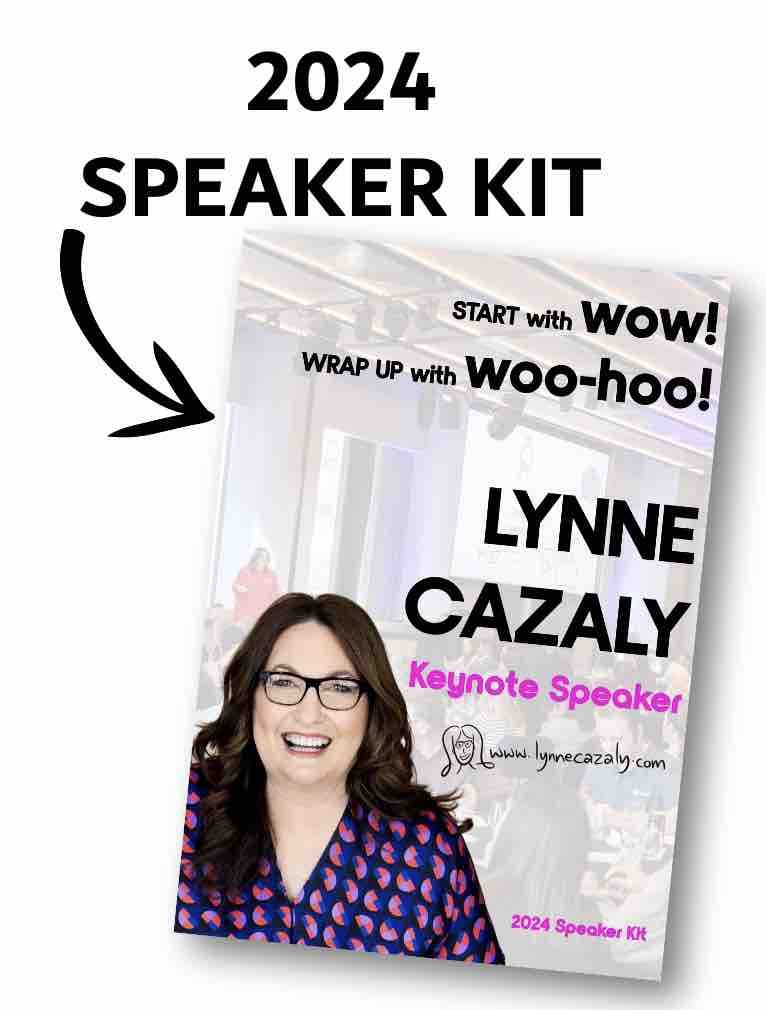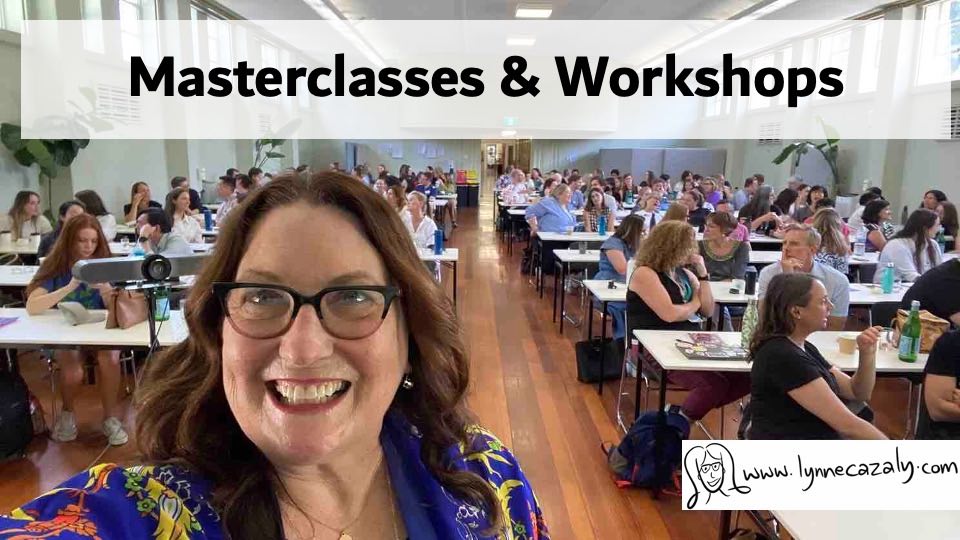12 ways to boost engagement
 Monday, January 2, 2012 at 1:23AM
Monday, January 2, 2012 at 1:23AM People engaging in your message isn’t their responsibility... it’s yours!
Here are a dozen things to do even better.
1.In the eyes...
Establish and maintain eye contact with people. Break that eye contact so you’re not getting accused of stalking, but avoid the ‘fluttery-closed-eyelids’ thing while talking or the ‘looking-over-there’ while talking. Look at people when they’re speaking to you. Simple but not often done well.
2.Ask Questions
There’s too much telling (pushing people away) and not enough asking (engaging people) going on in meetings, conversations, consultations.
3.Facilitate a team conversation
Rather than being part of the problem of clutter in a team meeting or conversation, step up and facilitate it. Confirm what the group’s trying to do, summarise what’s going on and where you’re all at, and then suggest some next steps.
4.Capture the conversation
Either on your note pad, ipad or flip chart pad, start catching some key points that people are sprouting in that meeting you’re in. Too many ‘and the essence is’ or ‘what I’m really saying is’ are lost and go way off up into the ether because they’re not captured anywhere. Write a few down and you’ll soon see where you agree, disagree and need to close the gap on thinking.
5.Ditch PowerPoint
Yep. Turn it off. Challenge yourself to truly engage with your audience, stakeholders or colleagues by using #6 below. I mean it. You’ll probably want to run back and hide behind your multi-page pack, but engage with people using dynamic, real time visuals. Keep PowerPoint packs for the hefty spreadsheets and detail, not the dot points.
6.Catch-it on a Flip Chart
Visual thinking works. Get yourself a good black chisel tipped marker (bullet tips are for babies) and step up to the flip chart or whiteboard and depict your key points. You won’t look like a fool; you’ll actually look more like you know what you’re saying. You’re displaying the clarity in your thinking by being able to summarise it up there.
7.Use visuals to explain
When you’re doing that flip charting and whiteboarding, use a few words and a few visuals. As Dan Roam says in his new book ‘Blah Blah Blah’, you need
visuals + verbals to get clarity. So a stick figure with the word ‘customers’ next to it is ace. A square with the words ‘regional office’ written in it is even better. Stay simple to boost engagement. Don’t be too smart; it’s not about the art.
8.Listen to yourself
Most mobile phones, portable devices and handhelds have a voice memo or recording option. Hit record during your next meeting or conversation for the purposes of listening to yourself, not others. Listen to what you sound like, what you said, how you said it, when you interrupted and the tone of your voice. Unless you shriek ‘Is that what I sound like?’, you’re not listening critically enough. How could you do this better?
9.Listen to others
You don’t need to record others in meetings (creepy, unethical perhaps!) but do listen to them. Won’t you? If you want to be truly engaging you’ll summarise back what they said. “So you’re saying is that right?”. Get rid of those disengaging phrases like ‘I hear what you’re saying …’ or ‘I’ll take that on board’. Yawn. ‘Go away’ is what you’re really saying.
10.Say ‘yes and…’
Take a tip from the best improvisers around the world and build on people’s
suggestions, ideas and contributions (by saying ‘yes and…’), rather than blocking them (when you say ‘yes, but…’). Listen out for the ‘clunk’ next time you ‘yes but’ someone in the head. ‘Yes and’ will grow the enthusiasm, energy and creativity.
11.Relaaaaaax your neck, shoulders and your jaw
There’s a fair bit of hunch-backing going on in the workplace. The tension, uncertainty and pressure is often reflected in furrowed brows and shrill voices. Relax your neck, shoulders and jaw. Drop your shoulders from way up near your ears (where they might be right now); have a breath and open your jaw and bite (while keeping your mouth closed). Check in on that one throughout the day. Those shoulders have a way of climbing back up to your ears again!
12.Put ‘em into practice
Print this, bookmark it, email it, copy it. You’ve read it now, during the lead up to the silly season. Have another read in the new year, in 2012 and note which ones you’ll do each day, each hour, each minute. You’ll be oh-so engaging!
















